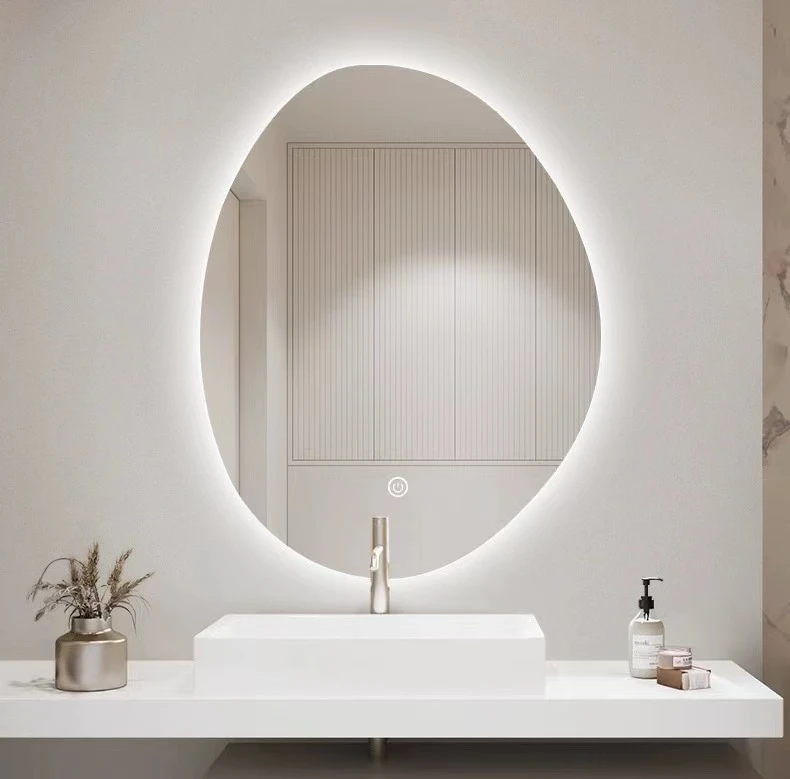

The Use of Frosted Glass A Modern Design Element
Frosted glass, characterized by its translucent surface that diffuses light while providing privacy, has become increasingly popular in contemporary design. This unique material offers a blend of aesthetics and functionality, making it a go-to choice for architects and interior designers alike. Its applications span residential, commercial, and institutional settings, showcasing its versatility and appeal.
Architectural Applications
In architecture, frosted glass is often employed to enhance both the exterior and interior of buildings. Facades made from frosted glass can create a striking visual impact while minimizing glare for those inside. This is especially beneficial in urban environments, where buildings are closely spaced and natural light may be scarce. Frosted glass can serve as a beautiful design element, allowing architects to play with light and shadow while ensuring the comfort of occupants.
Additionally, frosted glass is commonly used in office partitions and conference rooms. Traditional clear glass can often feel too revealing and intrusive, but frosted glass provides a sense of enclosure without completely isolating the space. This contributes to a more comfortable work environment, allowing for collaboration while maintaining privacy when needed. The textured surface of frosted glass also reduces the likelihood of distractions from movement outside the office, promoting productivity.
Residential Uses
In residential spaces, frosted glass is frequently utilized in bathroom designs. Shower enclosures made of frosted glass offer a chic aesthetic while ensuring privacy for users. Unlike traditional shower curtains that can harbor mold and bacteria, frosted glass is easy to clean and maintain, making it an ideal choice for damp environments. Moreover, the diffusion of light through frosted glass creates a soft ambiance, transforming a functional space into a serene oasis.
Frosted glass is also popular for interior doors and cabinetry. Sliding doors made from this material can seamlessly blend different areas of a home, allowing natural light to flow while offering visual separation. Kitchen cabinets with frosted glass panels create an illusion of openness, making kitchens appear larger and more inviting. This approach is particularly effective in modern, minimalist designs where sleek lines and simplicity are paramount.

Creative Expressions
Beyond functional applications, frosted glass provides an opportunity for creative expression. Designers can incorporate various textures and patterns into frosted glass panels to enhance their visual appeal. Techniques such as sandblasting, acid etching, and screen printing can be used to create intricate designs, turning a simple pane of glass into a work of art. Custom patterns can be tailored to reflect the personality of a space or the brand identity of a business, adding a unique touch that resonates with users.
Moreover, frosted glass can be combined with other materials like wood and metal to create striking contrasts that elevate the overall design. For instance, combining frosted glass partitions with warm wooden elements can soften a space, creating a harmonious balance. This versatility allows frosted glass to be compatible with various styles, from contemporary to traditional.
Environmental Considerations
Another significant advantage of frosted glass is its potential to contribute to energy efficiency. By diffusing natural light, frosted glass can reduce the need for artificial lighting during the day. This not only leads to lower energy costs but also fosters a more sustainable approach to design. In a world where environmental concerns are paramount, choosing materials that support energy efficiency is increasingly crucial.
Conclusion
Frosted glass has emerged as a defining element in modern design, offering a perfect blend of style, functionality, and sustainability. Its ability to provide privacy while allowing light to permeate makes it a favored choice in myriad applications, from residential spaces to commercial offices. As designers continue to explore the creative potentials of frosted glass, it is likely to remain a key material in the evolution of architectural and interior design. Embracing this material not only enhances the aesthetic qualities of a space but also contributes to a more comfortable and environmentally responsible living environment.